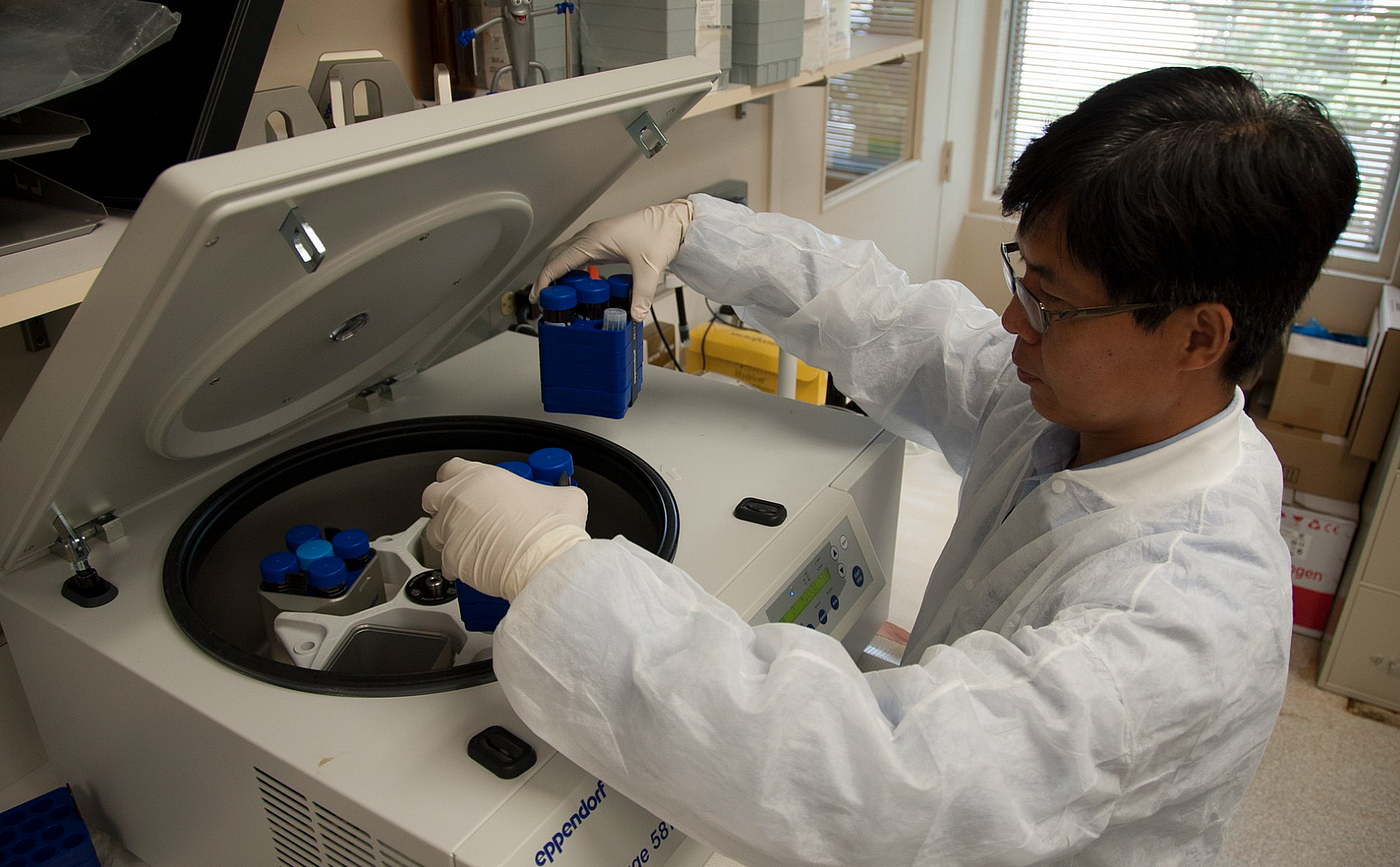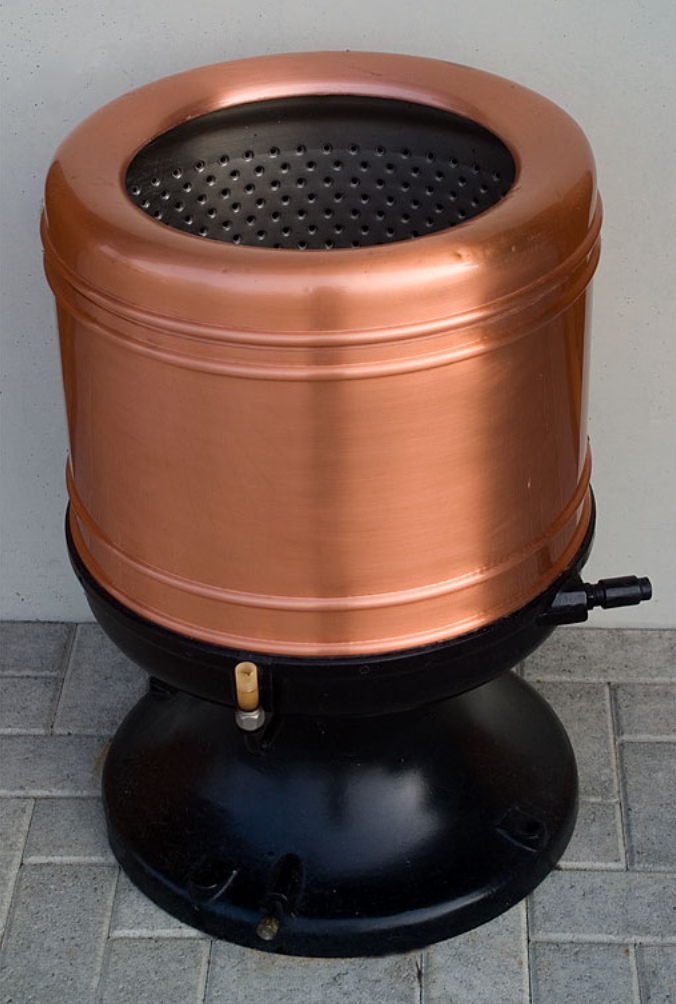What The Tech?! The Centrifuge
Centrifuges would play a key role in developing the defence and medical sectors.
When you’re writing about technology, you’ll often be looking at and talking about very obvious and visible pieces of technology. While many people often won’t fully understand the technology behind making something like a mobile phone work, they’ll still see the benefits in adding one to their life, at which point they’ll go ahead and use it anyway.
However, on more than one occasion, we’ve pointed out that there’s some pieces of technology that remain little known, despite the huge role that they’ve played in shaping the modern world. In today’s What The Tech?!, we’ll be taking a deeper look at one of those pieces of technology.
It’s responsible for helping humanity achieve nuclear power, providing a vast improvement in life expectancy due to its importance in the medical field and giving us everything we need to help explore molecular biology. It’s called the centrifuge, and it’s been a key pillar in developing the modern world as we know it today.
What Is It?
Centrifuges rely on centrifugal force generated by high-speed rotation to separate components in a mixture based on density. Denser particles (solid or liquid) migrate outward, while less dense components remain closer to the centre. When properly configured, centrifuges effectively isolate or extract specific components, such as separating contaminants from a fluid or isolating specific particles from a mixture.
A great example of how this works is by looking at a residential washing machine. When it engages the “spin-dry” function, centrifugal force means that excess water is drawn to the outside of the machine while the clothes remain in the middle. This extracts excess fluids remaining from the wash and gives the clothes drying process a helping hand to get started.
Early Development
While it’s used in all manner of high-tech industries today, the simplicity behind its design means that the centrifuge was discovered relatively early. The first theory behind the device would occur in the 1600s, however, it would be the 1800s when technology and motivation allowed for the first devices to be designed, built and tested.
The first devices would be used to assist in the food industry, where centrifuges would allow milk to be separated from cream at scale. These early devices worked effectively, but were very different to some of the systems we use in today's world.
It wouldn’t take long for the centrifuge to catch the eye of those in the medical field, where its potential for separating blood components was quickly recognised. Then, it would be the early 1900s when the ultracentrifuge was taken from concept to reality, helping to kickstart the utility of the centrifuge at scale.
Modern World
There’s no denying that the centrifuge would help us gain new insights into modern medicine; however, the concept has huge potential regarding its ability to streamline mass production in industry as well.
With components being able to be identified and separated at a molecular level, the stage would be set for some rapid advances in both military and civilian technology.
Pathology was the clear winner here. Centrifuges not only help us to analyse fluids on a deeper scale, but they are also able to help us identify vaccines, test for substances of all kinds and carry out forensic and scientific research in a far more detailed manner than we had previously.
All of this would help us attain better life expectancy along with a greater understanding of how disease (and its cure) affects the human body.
Use In Aviation
While it’s well known in a medical context, the role the centrifuge has played in aviation is less well-known. The reality is, though, that the centrifuge played a key role in helping to unlock safe jet transport and even helped us reach the moon via the Apollo project.
Centrifuge-based systems would help NASA and the military understand the concept of G in far greater detail than we had previously, while high-G training was able to be safely carried out using the same designs.
This would help researchers discover the effect of G, including the concept of G-LOC, which was mostly seen in fighter pilots of the era.
Thanks to the centrifuge, by the time the Apollo mission would take man to the moon, NASA scientists would have a far greater understanding of the impact that G would have on the human body.
This would help to increase the odds of a successful mission. One small step for man….
Into The Future
There's no denying that fighter aircraft have become fast, high-performance machines that are capable of putting extreme stresses on the human body. As hypersonic flight becomes more prevalent, we’ll need a deeper understanding of the effects of this on the body.
The new era of commercial spaceflight also relies on the centrifuge to help humanity reach new heights in space, by helping to train astronauts and researchers to gain the skills they need for successful spaceflight and deep space transport.
The centrifuge will play a key role in understanding these new machines and will help the Air Force bring these new platforms into service safely and with minimal disruption.
Science is full of things that don’t get much credit for helping to change the world.
If you found this article insightful, informative, or entertaining, we kindly encourage you to show your support. Clapping for this article not only lets the author know that their work is appreciated but also helps boost its visibility to others who might benefit from it.
🌟 Enjoyed this article? Join the community! 🌟
📢 Join our OSINT Telegram channel for exclusive updates or
📢 Follow our crypto Telegram for the latest giveaways
🐦 Follow us on Twitter and
🟦 We’re now on Bluesky!
🔗 Articles we think you’ll like:
- What The Tech?! Space Shuttles
- Shodan: A Map of the Internet
✉️ Want more content like this? Sign up for email updatesWhat Is It?































